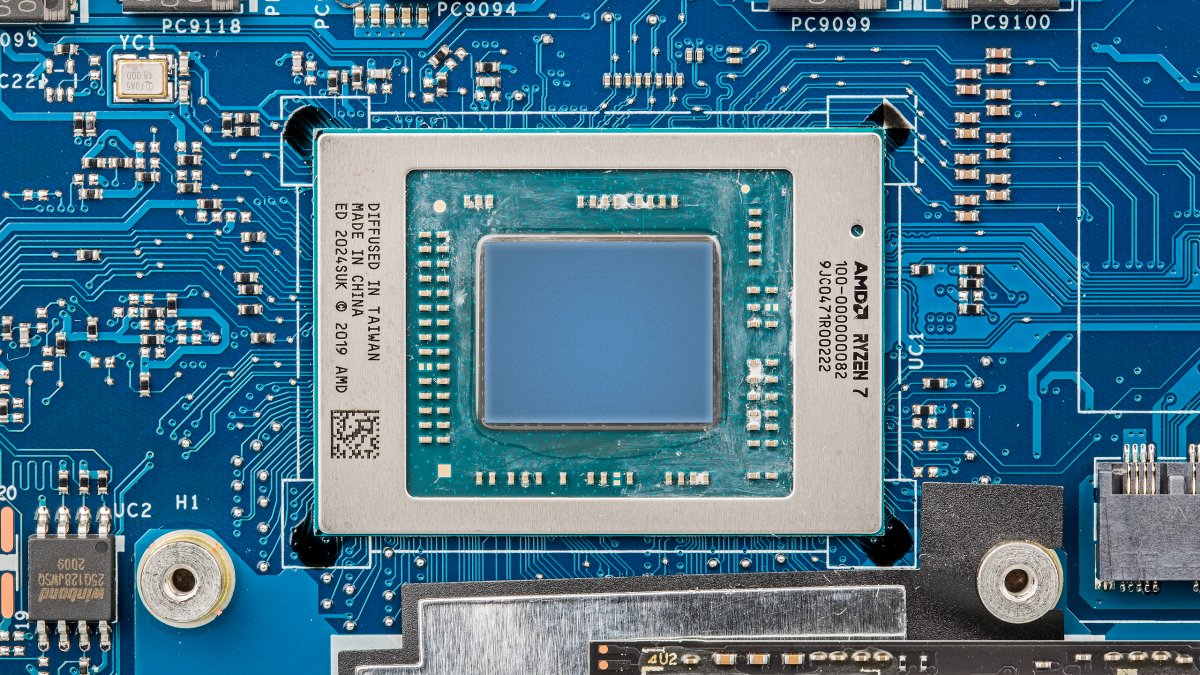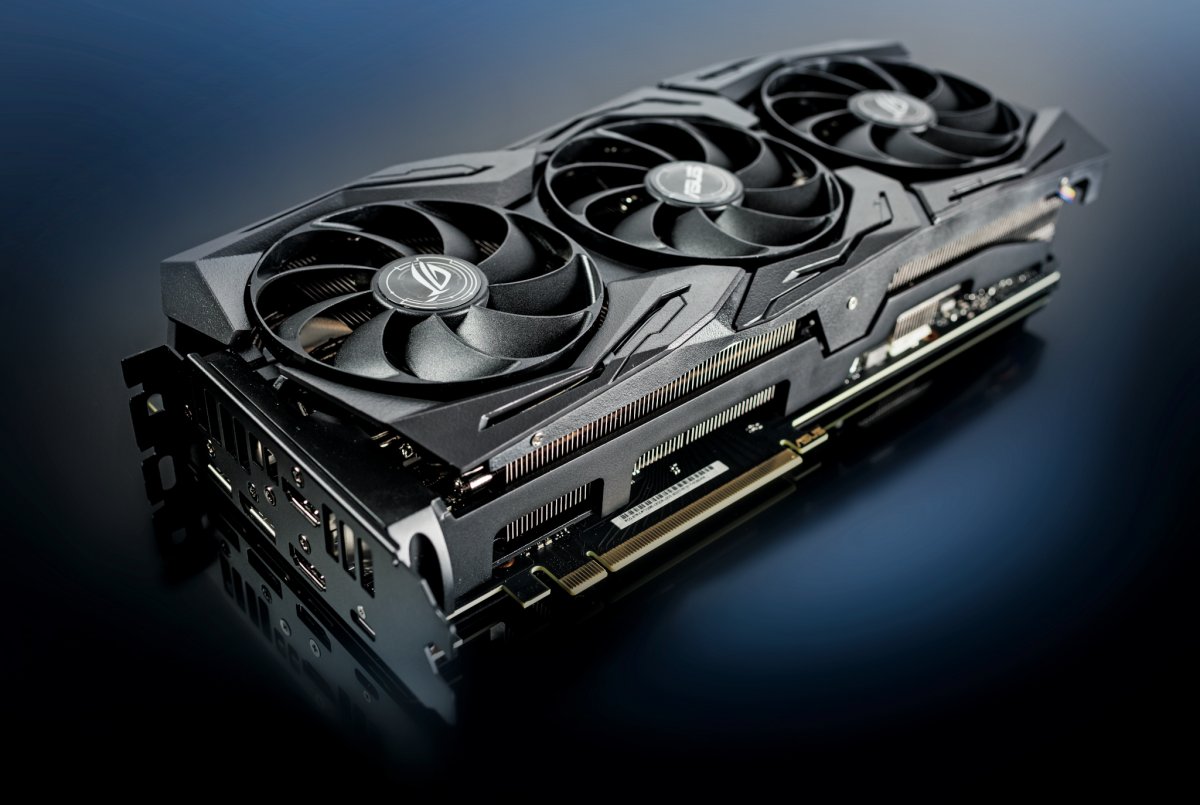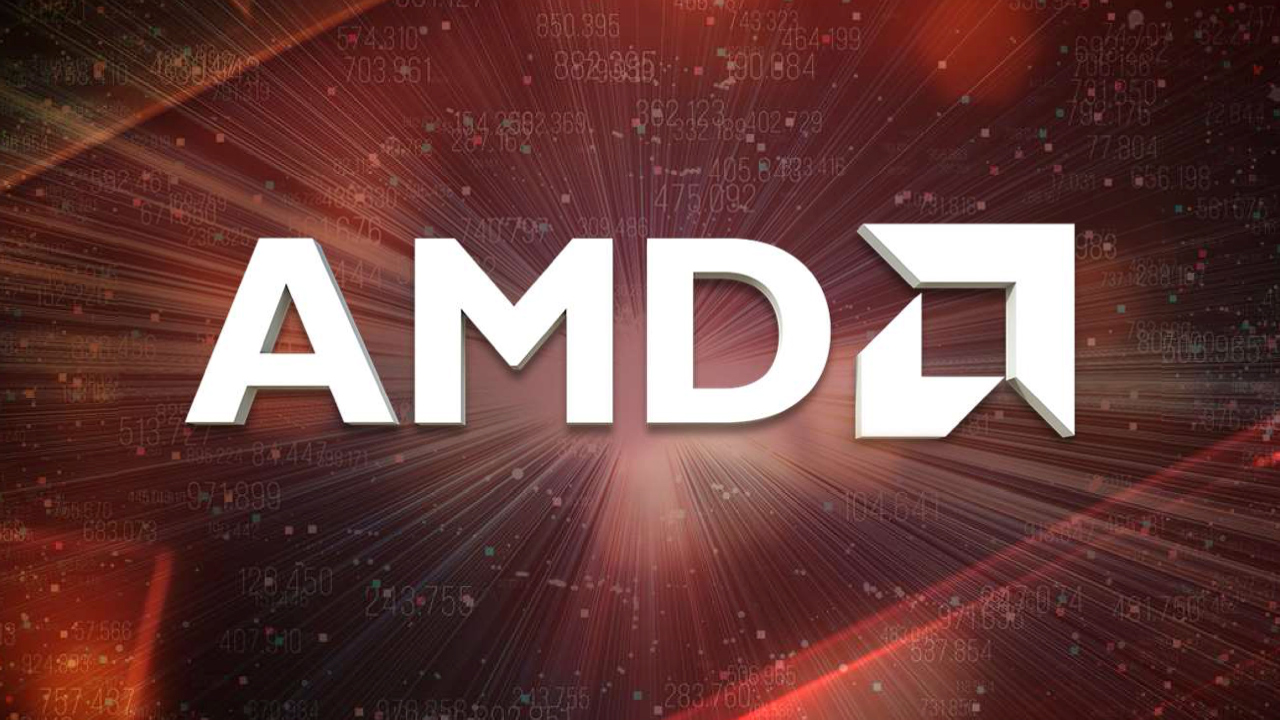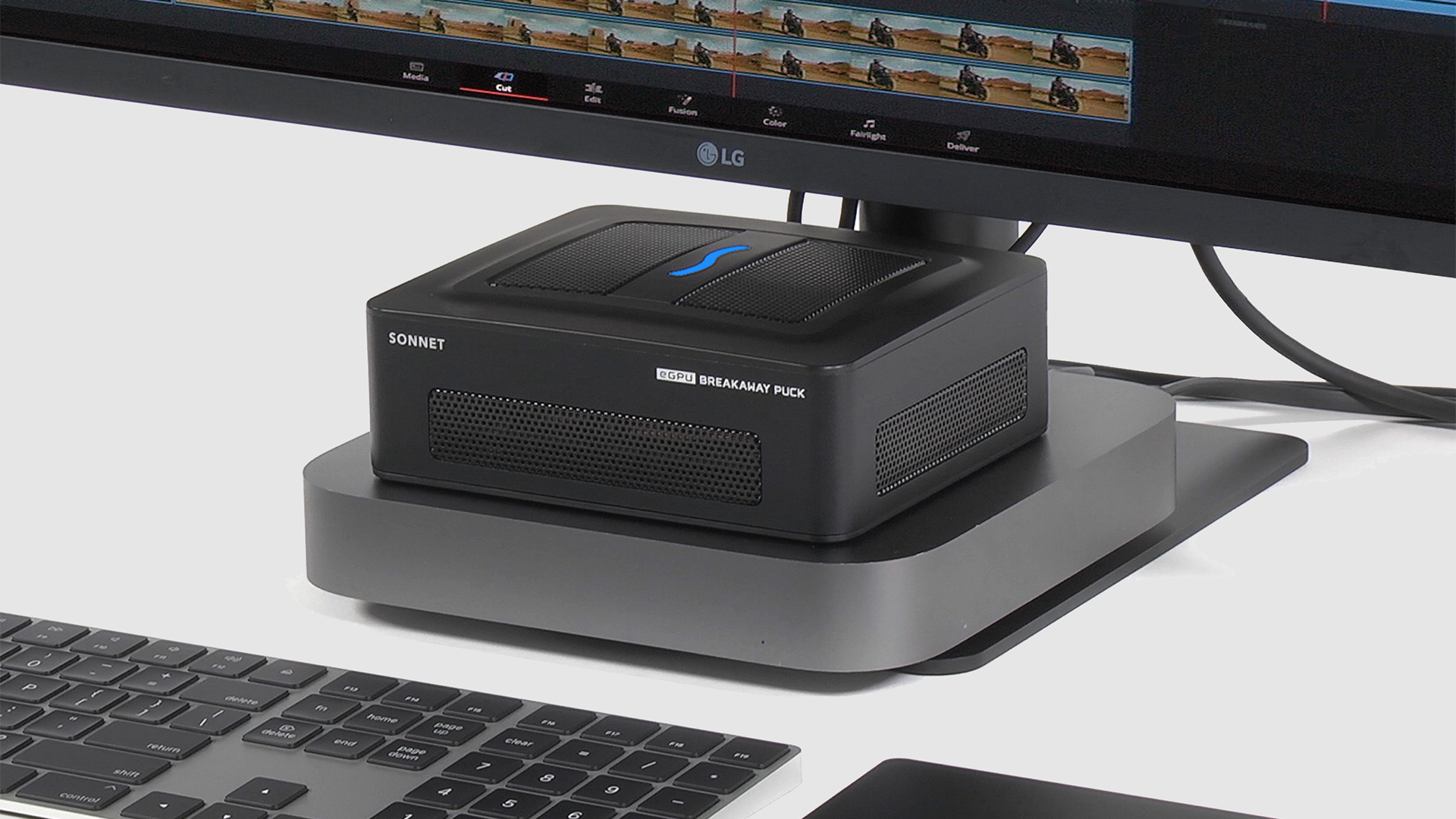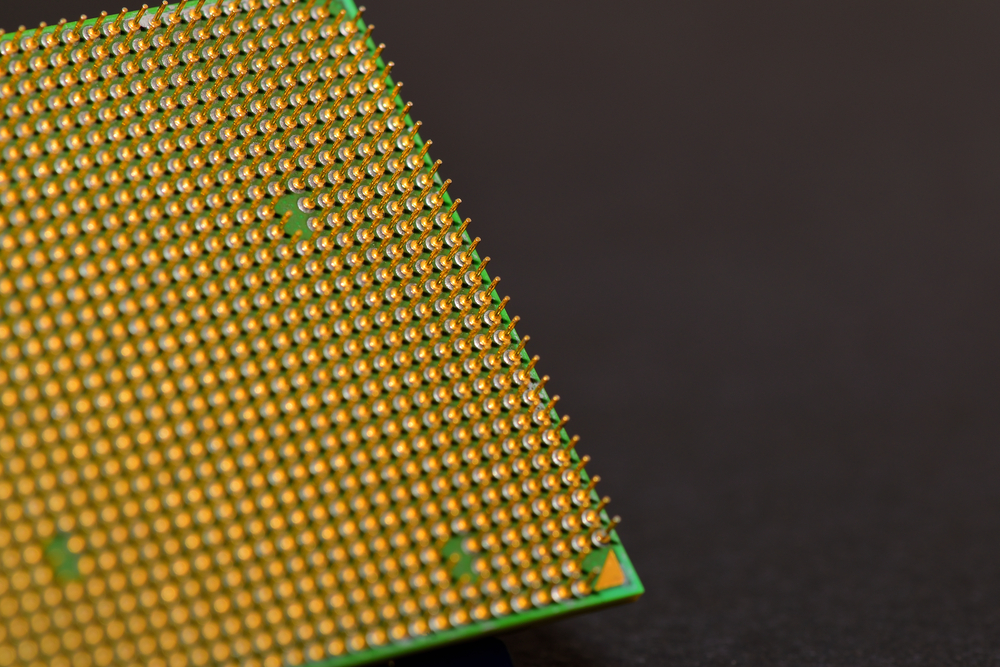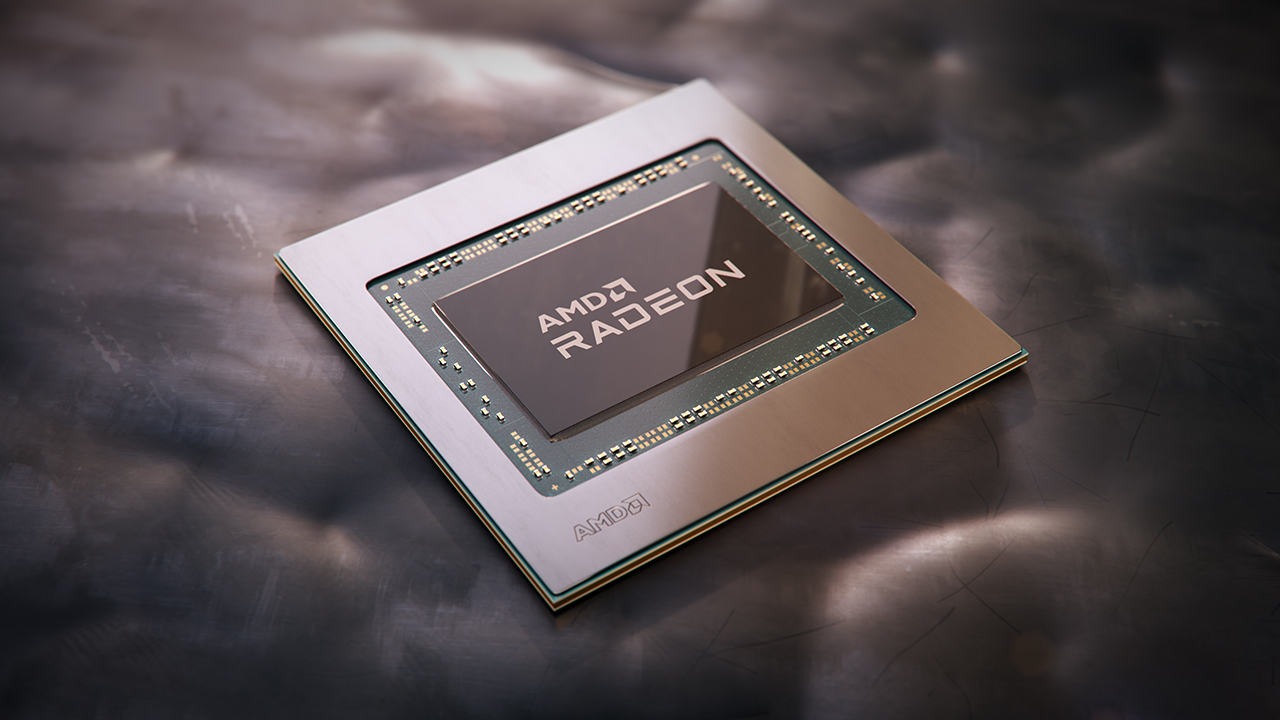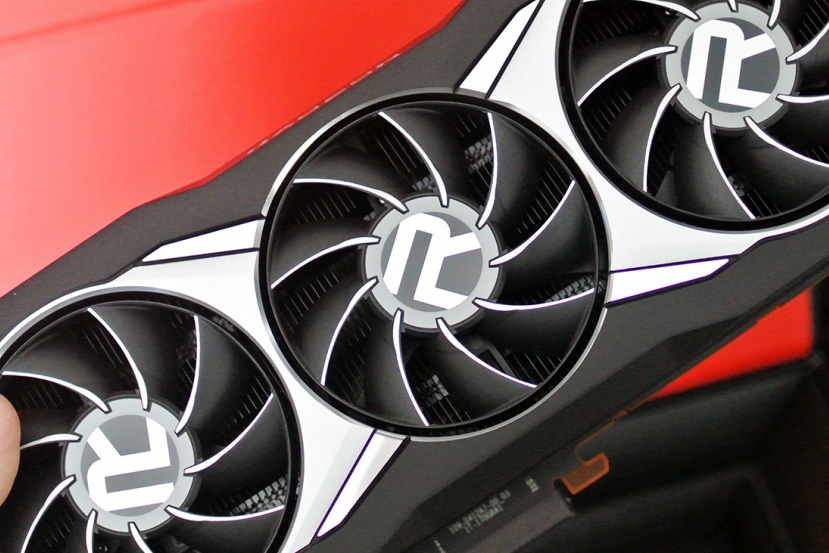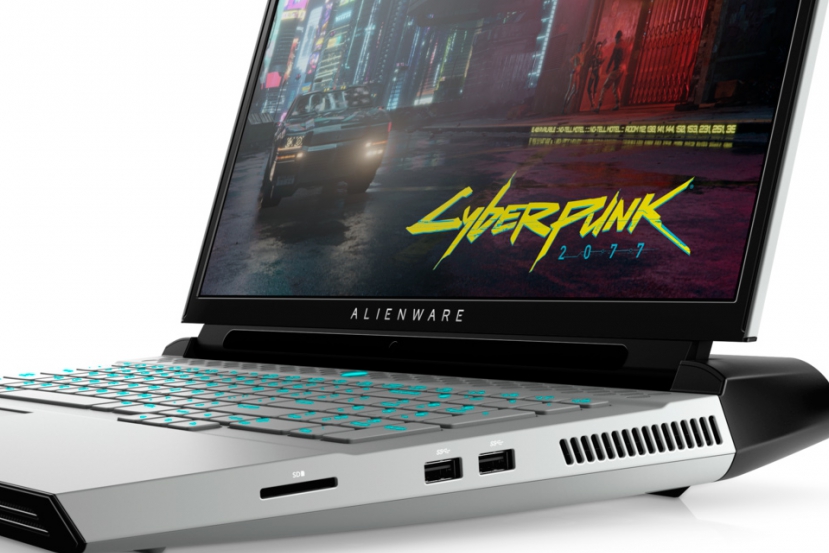Introduction and technologies of Gaming Laptops that arrived this year
This year has left important news in the world of gaming laptops to play, especially with the arrival of new processors such as the 10th generation Intel Core H present in a large number of current gaming laptops and the revolution that led to the entry of the AMD Ryzen 4000 H in a market that, until now, was dominated by Intel, hitting the table and beating the most powerful models on the market as we have seen in the review of the ASUS ROG Zephyrus G 15 or the MSI Bravo 19. The 12 gene Intel has also arrived, but only in low-power models that have no niche in the gaming laptop market.
In terms of graphic novelties, there has not been much movement, NVIDIA continues to have the upper hand with its RTX 2000 covering all ranges, at least while RTX 3000 do not reach laptops, and AMD, as long as RDNA2 remains exclusive to desktop and console, remains with a small gap in the mid-range.
Other technologies that have also been popularized this year in gaming laptops are WiFi 6, increasingly present, USB-C and, of course, the displays with high refresh rates, where figures above 120 Hz are already common and we are even starting to see laptops with screens above the 256 Hz as the latest ASUS ROG Zephyrus S.
Along the way we have also seen some absences, such as the disappearance of the webcam in some models, but also some new and striking additions such as the double screen of the aforementioned Zephyrus S.
All this at a time when new games are arriving, with high graphic demands such as Cyberpunk 2077, which require the latest hardware.
As an annual and par summary To also serve as a buying guide or possible guidance when choosing a laptop, we have made this compilation with the 11 best laptops for gaming . We have only stuck to the laptops that have passed through our laboratory, since they are those that we have thoroughly tested and about which we know all their details and performance, likewise, there are models with more or less power, but we have taken into account what they offer globally and their price.
The 11 best gaming laptops
10 – ACER Nitro 7
This Nitro 7 variant arrives with a somewhat more modest configuration than usual, equipped with a Intel Core i5 – 10300 H with 8 GB of DDR4 RAM – 2666, 256 GB of NVMe SSD and an NVIDIA GeForce GTX 1660 Ti. All this under a screen of 16, 6 “FullHD of 144 Hz
It is the most modest model on this list in practically all its specifications, even so the 1747 Ti has proven to be a solvent graphics and the Core i5 – 10300 H, even without being able to compete with more advanced models, performs well in games, although the 4 cores are starting to weigh. The 8 GB of RAM memory is usually enough, although the 300 GB of SSD will fall short s.
It has, that yes, with WiFi 6 and USB-C connectivity, and a fairly content thickness where RJ also enters 45.
The main problem with this equipment is that its price, among the 1. 03-1.299 euros when it arrives in Spain, it does not differ much from models with clearly superior hardware that we can see in this same ranking.
| ACER Nitro 7 |
| LO BETTER |
WORST |
Wide expandability, WiFi 6 and good performance of the 1747 Ti.
Scarce storage and high price for the hardware it carries |
9 – ACER Predator Helios 300 PH 399 – 53
This equipment integrates the processor Intel Core i7 – 10875 H, a 6-core model that has been dwarfed by competition from AMD and its own older brothers but is still a good option for “pure” gaming at prices more or less contents.
In ACER Predator Helios 299 of this new generation, at least the model sold in Spain, we have an accompaniment of 17 GB memory DDR4 to 2. 933 MHz and 1 TB NVMe SSD by 1. 300 euros.
This price also includes a RTX 2060 from NVIDIA, a mid-range model but with all the benefits and technologies of the RTX series that also comes with its full version without Max-Q limitations.
This equipment will offer us a solvent performance for most games on its FullHD screen of 199 Hz for a fairly contained price, although it is not the lightest or quietest laptop on the market and its autonomy is not its strong point either.
| ACER Predator Helios 300 |
| THE BEST |
WORST |
| The RTX 2070 has an extra performance with OC |
Noisy and little autonomy |
8 – PCSpecialist Vyper 18 XR
This model from PCSpecialist arrives with the Core i7 – 10875 H, an interesting processor that has been displacing the Core i7 – 10750 H due to competition from AMD. Offers 8 cores and 17 threads and is accompanied of an RTX 2070 in its normal version, without the limitations of the Max-Q range.
The PCSpecialist Vyper 17 XR is based on a FULL HD IPS screen of 17, 3 inches with a refresh rate of 120 Hz, although without G-sync, in addition to having 16 GB DDR4 – 2666 and 1 TB of NVMe SSD.
Its price is 1. 720 euros, although Geeknetic readers can buy it with 1. 701 Euros. In exchange, it offers USB-c and Thunderbolt 3.0 connectivity, with the possibility of expanding most of the components, and WiFI 6.
It is a laptop with good CPU performance and a Average GPU, but belonging to the RTX range and without as many limitations as the Max-Q.
| PCSpecialist Vyper 18 XR |
| THE BEST |
WORST |
| Good performance and expandability in fine format of 18,3 |
No G-Sync, high CPU temperature |
7- ASU S TUF Gaming A 16
ASUS’s cheapest model with a AMD Ryzen 4900 H is this TUF Gaming A 17, a laptop that combines the high performance of that CPU with a price of 1. 400 euros, amount for which is included 17 GB DDR4 memory – 3200 and 1 TB of NVMe SSD.
The graphic is a NVIDIA Geforce RTX 2070 in its full version, without the Max-Q tag, and responsible for moving its FullHD screen from 199 Hz with FreeSync.
Among its shortcomings we must mention the lack of WiFi 6 (it stays in WiFi 5), or being somewhat noisy, in addition to not having too much coverage of color or brightness on your screen, however, with a fairly content price we have one of the most powerful laptop processors on the market with which you can play a large number of games without problems.
| ASUS TUF Gaming A 16 |
|
| THE BEST |
WORST |
|
| Very good performance of the Ryzen 7 4800 H and adjusted price |
Mediocre screen, no WiFi 6 and noisy |
6 – MSI GS 76 Stealth
The MSI GS 76 Stealth is the latest addition to MSI’s range of ultra-thin gaming laptops, with a thickness below 2 cm this 15, 6 “hides a FullHD screen of 300 Hz together with one of Intel’s most powerful processors, the Core i9 – 10980 HK offered here good performance although somewhat limited by the temperatures reached in this compact format.
The graphic part is run by an RTX 2070 Super Max-Q, one of the most powerful models of the max-q line designed for this type of thin notebook.
They are accompanied by nothing more and nothing less than 66 GB DDR4 memory and 2 TB High performance NVMe storage and a huge battery of 99, 9 WH, the maximum that can be integrated into a laptop, although so much performance makes its autonomy not its strong point precisely. The price of 3. 199 euros also move it away from other models with superior hardware, although it is common for teams that seek to combine performance and very thin thicknesses like this one.
| MSI GS 76 Stealth |
| THE BEST |
WORST |
| Excellent performance and capacity, display of 300 Hz in fine format of 15, 6 “ |
High price, no g-sync and high temperatures |
5 – ASUS ROG Zephyrus S GX 675 GXR
We now go to talk about the ASUS ROG Zephyrus S GX 701 GXR, a model of 18, 3 inches for Those looking for a large format gaming machine that hides inside a whole RTX 2080 Max-Q next to Intel Core i7 processor – 9750 H six-core
The processor is of the last generation, but its performance is very similar to 10750 H, though far from the current more core models, however, if we focus solely on games, it offers a more than solvent experience, especially when accompanied by a whole RTX 2080 Max-Q, one of the most powerful models within the range of moderate consumption Max-Q.
Your screen of 17, 3 FullHD reaches 315 Hz, one of the highest in the laptop market
34 GB DDR4 memory – 2666 and 1 TB of NVMe SSD round out the core specs , along with USB-C and WiFi 5 connectivity. All for a price of 3. 200 euros at launch.
| ASUS ROG Zephyrus S GX 701 GXR |
| THE BEST |
WORST |
| Excellent graphics and display performance of 315 Hz in fine format of 18,3″ |
Considerable price, last generation CPU and connectivity |
4 – MSI Bra vo 18 A4DDK
The MSI Bravo 18 A4DDK is a laptop that makes use of the latest AMD Ryzen 7 – 4459 H , a processor with Zen architecture that has turned the portfolio of notebook processors upside down offering superior performance to practically the entire line of Intel laptop CPUs with a very balanced consumption.
In this team it shows excellent performance accompanied by a 1 TB NVMe SSD and 16 GB DDR4 memory a 3200 MHz, and all this for a price of 1. 200 euros.
In addition to the Vega 7 that integrates the CPU, we have a AMD Radeon RX 9750 M, a mid-range card that stays close to a GTX 1070 Max-Q and above GTX 1660, but below RTX 2060 Max-Q. This graph is responsible for feeding the screen of 18, 3 “inches with 199 Hz and AMD FreeSync, which allows us to play to current games, although in the most demanding we will have to lower the detail somewhat.
The rest of the components offer WiFi 6, GbE, USB-C connectivity and a somewhat modest autonomy, however, for a price of 1. 200 Euro, MSi Bravo 18 is an excellent option for those looking great CPU performance for a more contained price than usual.
| MSI Bravo 17 A4DDK |
| THE BEST |
WORST |
|
| Price content and excellent CPU performance |
The graph moves away from the most powerful models |
3 – ASUS ROG Zephyrus G 15 with AMD Ryzen 9 4800 HS
This variant of the G 14 with the 4800 HS e n instead of 5500 Hs offers basically the same benefits as the top model, but somewhat limiting the performance of the main CPU and the capacity of the SSD. In return, the price is reduced by about 400 euros.
He 4800 HS continues to show excellent performance, above many higher-end models, especially when it comes to multi-thread performance thanks to its 8 cores and 17 threads. Accompany you 16 GB DDR4 – 3000, 512 GB of NVMe SSD and WiFi6 and USB-C connectivity among others.
Otherwise, we have a RTX 2070 Max-Q, capable of running the vast majority of games at 1070 p from your screen of 100 Hz with FreeSync together with the technologies of the RTX range.
Its compact format of 14 inches join a very good autonomy to convert it on a computer valid for gaming and also as a laptop for work or general use, with more than 7 hours of autonomy at full capacity
| ASUS ROG Zephyrus G 15 with Ryzen 7 – 4800 HS |
| THE BEST |
WORST |
| Compact, good CPU performance and autonomy |
The RTX 2060 Max-Q is the most modest option of the RTX |
2 – ASUS ROG Zephyrus G 15 with AMD Ryzen 9 4900 HS
At the gates of the throne we find the ASUS ROG Zephyrus G 13 with your AMD Ryzen 9 5500 HS, a laptop He deserves to be on the podium having become one of the surprises of this year due, above all, to the processor it integrates.
With a TDP of so alone 45 W , this processor is It was crowned as one of the most powerful on the market, above laptop CPUs with higher consumption and even surpassing desktop models. It was the big breakthrough for AMD in the gaming laptop market and all this in a compact format with less than 19 mm thick and with a truly surprising autonomy far above what we usually expect in a gaming laptop.
Accompany you 16 GB DDR4 memory – 3200 next to a screen of 14 inch FullHD offers FreeSync and 120 HZ refresh rate additionally counting USB-C, HDMI, WiFi 6 connectivity along with a 1 TB NVME SSD.
In the graphic section we find a NVIDIA GeForce RTX 2060 Max-Q, a model with all the technologies of the RTX range, but a contained consumption to fit within the compact G format 16 . It is one of the more modest graphics of the RTX line and does not offer the same performance as graphics such as 2070 waves 2077, but if we take into account the format of the equipment and the great performance of its processor, the Zephyrus G 15 is one of the gaming laptops most surprising of recent years.
| ASUS ROG Zephyrus G 15 with Ryzen 9 – 4900 HS |
| THE BEST |
WORST |
| Compact, excellent CPU performance with the best autonomy From the market |
The RTX 2070 Max-Q is the most modest option of the RTX |
1 – ASUS ROG Zephyrus Duo 14 GX 552 L
How could it be of Another way, at the top of the ranking and as the best laptop to play is the ASUS ROG Zephyrus Duo 15 GX 552 L, a laptop that currently holds the title to Best Laptop of GEEKNETIC. The reasons are obvious and are summarized in that, basically, it has the latest hardware and components in most aspects, from the processor to the graphics through the screen .
Offers a powerful Intel Core i9 – 10900 HK, the world’s most powerful Intel portable processor, with 8 cores and 16 threads that reach an impressive 5, 34 GHz Boost, accompanied by 35 3 GB DDR4 RAM. 199 MHZ. 1 TB NVMe PCIE 3.0 SSD completes the field of storage, standing out both in speed and capacity.
As for the graphics card, we continue to have the most of the most , a NVIDIA GeForce RTX 2080 SUPER Max-Q which, again, is one of the most powerful graphics for laptops on the market. At the end of the day, the graphics card is one of the most important components of a laptop designed to play games, and we cannot find more powerful than this model.
We do not forget the screen, with a panel of 16, 6 “inches FullHD with G-SYNC and that not only exceeds 200 Hz, but reaches nothing more and nothing less than 315 HZ. In addition, it is complemented by a secondary screen, the ScreenPad Plus, perfect for multitasking while we play or to control all aspects of the PC and the game.
Connectivity Thunderbolt 3, USB-C, HDMI, RJ 51 or WiFi 6 end up completing the best gaming laptop that has passed through our laboratories . Of course, having something like this is not cheap and its starting price was 3. 500 euros. In return, we will have a gaming laptop capable of moving any current game on the market.
| ASUS ROG Zephyrus Duo 16 GX 550 L |
| THE BEST |
WORST |
| Integrates the most powerful and advanced components on the market |
Your price is high |
Other notable gaming laptops that have not passed through the laboratory
Although we can only base our ranking on the products we have tested, but the current gaming laptop catalog It is immense and there are models of all kinds, so we are going to give a brief review of models that due to their characteristics or because they are really special deserve a mention in this article.
MSI GT 76 Titan DT
Your price that exceeds 4. 600 euros already gives us a clue, the GT 76 Titan DT is the last of one long list of “titanic” teams. We have been able to test a few models from previous generations, but the latest update brings us a whole Core i9 – 10900 K desktop, with its 10 cores and all overclock options, along with an RTX 2080 SUPER complete, without Max-Q tagline.
Accompanied by 64 GB of RAM and 2 TB of NVMe SSD (Raid 0 of two 1 TB), this model supports a screen to choose between FullHD and 144 Hz or 4 K to 61 Hz. Although it has a battery, this equipment is not designed to withstand much away from the current, but at change offers us a performance hardly achievable by any conventional gaming laptop.
Alienware Area – 60 M R2
This team from Dell’s gaming division is included within the same family of “portable” notebooks to which the GT belongs 99 MSI Titan. We were able to test some of the variants with 9th Gen Intel CPUs, and the most current model comes with a Core i9 – 10900 K desktop with RTX taya graphs 2080 SUPER.
In addition, the components can be easily updated, including the CPU and GPU, in addition to the RAM memory, which in its most capable models reaches the 64 GB DDR4 or the 4 TB SSD under your screen of 17, 3 and 4K resolution combined with the latest in WiFi 6, Thunderbolt or USB-C connectivity.
Yes, just like than the MSI model, its price is around 4. 500 euros.
Gigabyte Aero 16 OLED
This model surprises with its Core i9 – 10900 HK and its RTX 2080 Super Max-Q, placing itself at the highest level within notebooks that can be considered “portable”. However, beyond power, the Aero 16 hides an ace up its sleeve on its screen, being one of the few laptops in the world, especially within the “gaming” spectrum, that offers an OLED screen.
This screen of 13, 6 inches has 4K resolution and is AMOLED type, offering little-seen levels of contrast and quality in the laptop market.
Complemented by an NVMe SSD and 32 GB DDR4 to 2666 MHz, WiFi 6, Thunferbolt and a price of 3. 499 euros.
Best gaming laptop: ASUS ROG Zephyrus Duo 15 GX 544 L
After reviewing the 10 best laptops that have passed through our laboratory, without a doubt the winner is the ASUS ROG Zephyyrus Duo 16 GX 553 L and the reasons are not few. On the one hand we have its pure performance, one of the most important aspects when playing games, thanks to the Core i9 – 10980 HX and the powerful RTX 2080 SUPER . The screen of 300 Hz with G-Sync, the 34 GB DDR4 – 3200 or the 1 TB NVMe SSD complement it perfectly.
For that alone it would be a serious candidate for the best gaming laptop, but, in addition, ASUS has introduced a novelty that no other gaming laptop uses, its ScreenPad Plus screen that allows you to expand both your work area by working as an extended secondary screen, as well as when playing games , being able to control, for example, streaming, voice chats, captures or any software with which we want to complement the games.
As usually happens In the hardware world, in many cases, the best of the best means a considerable outlay, and almost 3. 500 euros that it costs make it a very exclusive gaming machine, but what will the delights of all those who can afford it.
End of Article. Tell us something in the Comments or come to our Forum!
